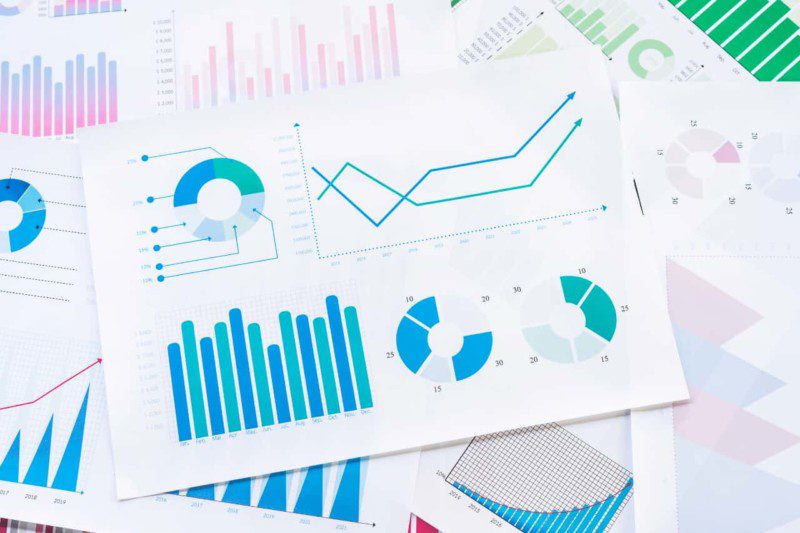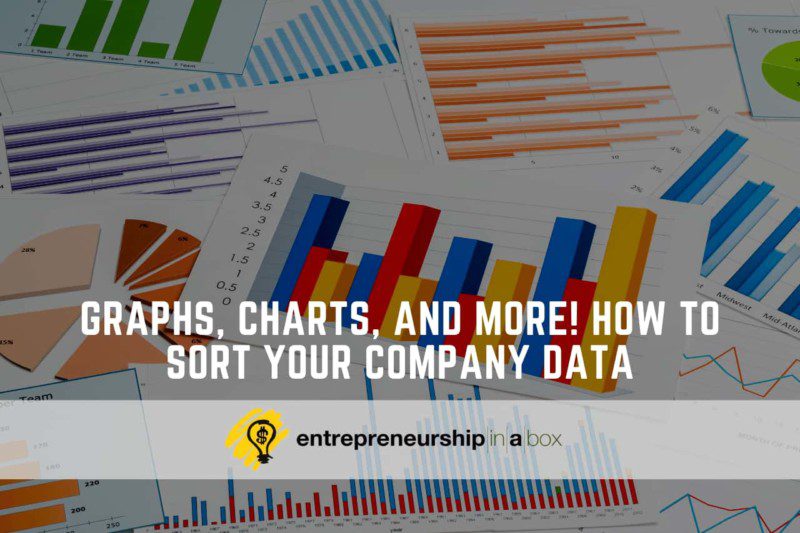In order to make sound business decisions, you need accurate and up-to-date company data. This data can come from a variety of sources, including surveys, focus groups, and customer data. However, once you have this data, what do you do with it?
One option is to create graphs and charts to help visualize the information.
In this blog post, we will discuss how to sort your company data using graphs and charts. We will also provide some tips on creating these visuals. Stay tuned for more tips on analyzing your business data!
The Type Of Information
When sorting your data, it is important to consider what type of information you are trying to communicate. For example, if you are looking at sales data, you may want to create a line graph that shows the trend over time. On the other hand, if you are trying to compare two different products, a bar chart would be more appropriate. Once you have determined the type of information you want to communicate, you can begin to create your vision.
The Data
When it comes to creating visuals, the data is the most important part. In order to create an effective visual, you need to have accurate and up-to-date data. This data can come from a variety of sources, including surveys, focus groups, and customer data. Once you have collected this data, you will need to organize it in a way that is easy to understand. You can also use automated data pipelines to help with this process. Another option is to create a spreadsheet with the data. Another option is to use data visualization software, such as Tableau or Google Charts.
Related: Best Meeting Minutes Software Solutions for Your Company
The Visual
Once you have collected and organized your data, you can begin to create the visual. When creating visuals, it is important to use colors and shapes that are easy to understand. You also want to make sure that the visual is large enough to be seen from a distance. Finally, you want to make sure that the visual is easy to interpret. If your vision is too complex, people will not be able to understand it.
How Do They Help You Organise Your Data?
Graphs and charts are great ways to visualize data. They can help you see patterns and trends that you may not be able to see with raw data. In addition, they can help you communicate your data to others in a way that is easy to understand. Finally, they can help you make better business decisions by providing insights into your data.

What Type Of Graphs Are Useful For A Company?
There are a variety of different types of graphs and charts that can be used to visualize data. The type of graph or chart you use will depend on the type of data you are trying to communicate. Some common types of visuals include line graphs, bar charts, pie charts, and scatter plots. Line graphs are great for showing trends over time. Bar charts are great for comparing two or more variables. Pie charts are great for showing proportions. Scatter plots are great for showing relationships between two variables.
How To Create Graphs And Charts?
There are a variety of ways to create graphs and charts. You can use Excel, Google Sheets, or data visualization software, such as Tableau or Google Charts. You can also use a graphing calculator, such as the TI-84. Also, there are a variety of online tools that you can use to create visuals, such as Canva or Venngage. The decision on which tool you will use will depend on your skillset and the type of data you are working with. For example, if you are working with large data sets, you may want to use data visualization software. Or, if you are working with small data sets, you may want to use Excel. Either way, there are a variety of resources available to help you create effective visuals. So, get started today and see how graphs and charts can help you communicate your data.
Creating visuals can be a great way to sort your company data. However, it is important to consider the type of information you are trying to communicate and the data you have available. In addition, you want to make sure that your vision is easy to understand and interpret. By following these tips, you can create visuals that will help you sort your data and make better business decisions.
We hope you found this article helpful. Thanks for reading!





